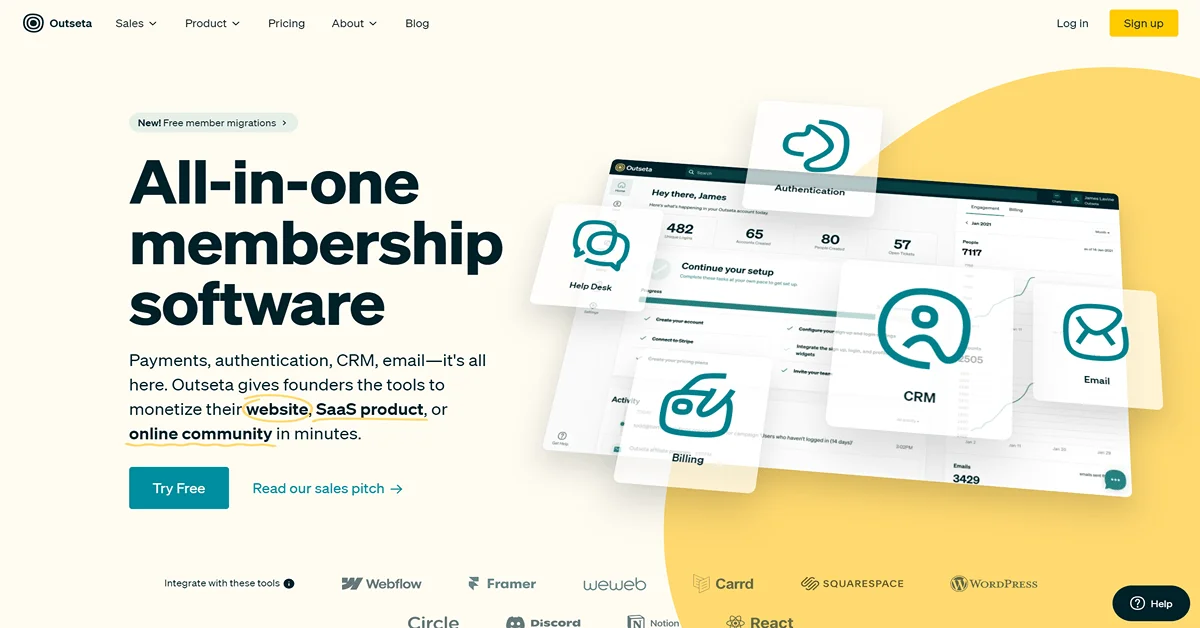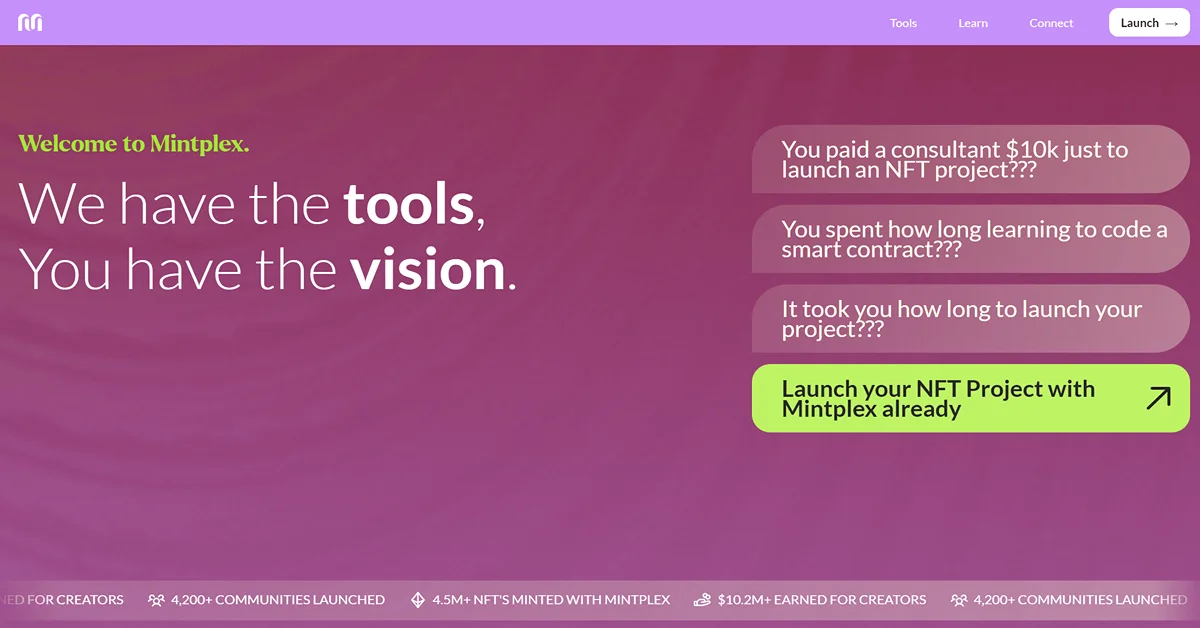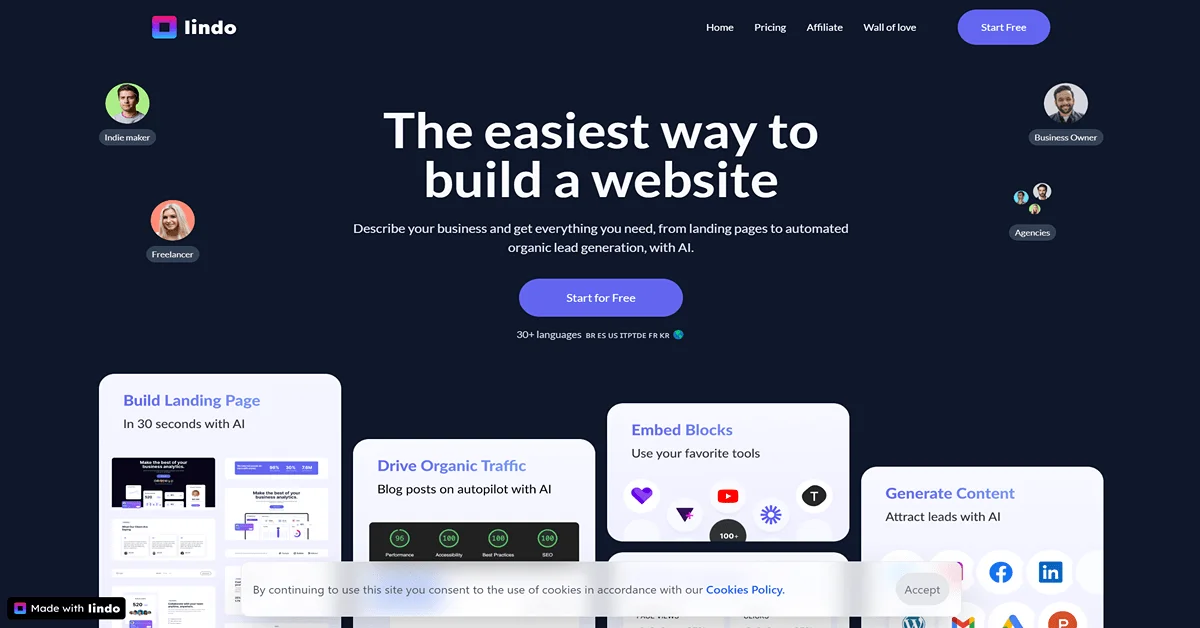History of No-Code: From Punch Cards to AI (2025 Guide)

1. Introduction: What is No-Code?
If you've been in the startup or tech world lately, you've heard the buzz: "No-Code" is the future. It lets anyone—marketers, small business owners, or students—build real, functional software without typing a single line of code.

But here's the truth: the philosophy behind No-Code is ancient history in computing terms.
What is No-Code?
No-Code is a development approach using:
- Visual interfaces with drag-and-drop functionality
- Pre-built components
- Easy-to-configure logic
- Visual workflow design instead of code
Key principle: Move focus from syntax (how to write code) to solution (what the app needs to do).
Modern Tools Built on History
Current platforms like Webflow, Bubble, and Zapier stand on the shoulders of giants. For decades, smart people have been making computers do complex tasks without forcing everyone to learn programming languages.
2. The Pre-Digital Roots: Abstraction Begins
Early Computing (1940s-1950s)

The Problem:
- Programming in machine language (0s and 1s)
- Brutally complex and error-prone
- A single misplaced '0' broke everything
The Breakthrough: Grace Hopper developed compilers and high-level languages (FORTRAN, COBOL)
| Before | After |
|---|---|
| "Take value in register 1, add to register 2..." | A = B + C |
This was the first ancestor of No-Code—abstraction that humans could read.
The 1980s: Visual Programming
Key innovations:
- HyperCard (Apple, 1987) - Visual scripting
- Visual Basic (Microsoft, 1991) - Drag-and-drop GUI builder
Impact:
- 10x faster development
- Birth of Rapid Application Development (RAD)
- Introduced the "citizen developer" concept
📖 First explored in James Martin's 1982 book: Application Development without Programmers
3. Spreadsheets & Databases: The First True No-Code
Microsoft Excel: The Hidden Platform
Excel (mid-1980s) provided powerful No-Code capabilities:
- Formulas (VLOOKUP, SUMIFS) = Database queries
- Pivot Tables = Data analysis
- Conditional Formatting = Visual logic
- Macros = Automation
Reality: Countless businesses ran entire financial backends on Excel sheets.
Database Tools: Access & FileMaker
Before Access: Need a client directory? Hire a programmer for weeks.
After Access:
- Visual form design
- Point-and-click relationships
- Weekend learning curve
- Anyone could build functional tools
The Foundation
Central idea: If a non-technical person can define logic ("When X happens, calculate Y, store in Z"), the platform should handle the rest.
📊 Turn your Excel into a modern app
4. The Split: Low-Code vs No-Code (Early 2010s)
Setting the Stage
Early web tools (WordPress 2003, Shopify 2006) focused on narrow use cases. The real revolution needed cloud computing maturity and modern frameworks.
Two Paths Emerged
Low-Code
- Target: Professional developers, IT teams
- Platforms: OutSystems, Mendix, Microsoft Power Apps
- Philosophy: "We'll help developers code less"
- Features: 80% pre-built + 20% custom code
No-Code
- Target: Non-technical users, entrepreneurs
- Platforms: Bubble (2012), Webflow, Zapier
- Philosophy: "You don't need to code at all"
- Features: Complete visual development
| Aspect | Low-Code | No-Code |
|---|---|---|
| User | Developers | Everyone |
| Custom Code | Yes | No |
| Goal | Productivity | Democratization |
What Modern No-Code Handles
Within a visual editor:
- Database (storage)
- Server (backend logic)
- Front-end (UI/UX)
- Deployment (hosting)
5. The 2020s: Democratization Goes Mainstream
Three Converging Forces
1. Economic Imperative 💰
- Companies can't hire developers fast enough
- IT backlogs at breaking point
- No-Code solves 80% of problems in 10% of the time
2. Technology Maturation 🚀
Modern platforms now build:
- Scalable, multi-user systems
- Complex integrations
- Custom APIs
- Full business logic
Example: Entire companies run on custom No-Code stacks without a single full-time developer.
3. Cultural Shift 🌍
- "Creator Economy" embraces No-Code
- Launch MVPs in days/weeks, not months
- Entrepreneurs bypass expensive development
- Speed fuels innovation
6. The Future: AI-Driven No-Code
The Next Abstraction Layer
Today: Drag components, define workflows Tomorrow: Describe what you want in plain text
AI-Powered Builders
Imagine typing:
"Build me a customer portal where users can log in, see past orders, and file support tickets"
The platform instantly generates:
- Data model
- Login logic
- User interface
This isn't science fiction—it's the next evolution.
What This Means
- ❌ Not fewer jobs for No-Code developers
- ✅ Barrier to entry drops to zero
- ✅ Every employee becomes a potential creator
- ✅ Demand for "app shepherds" increases
- ✅ Focus shifts to system architecture and problem-solving
The History of No Code is fundamentally a story of empowerment.
FAQ: Debunking No-Code Myths
| Question | Answer |
|---|---|
| Just for simple websites? | No. Modern platforms build SaaS platforms, customer portals, complex internal tools, and mobile apps. |
| Will developers lose jobs? | No. No-Code frees developers from tedious projects to focus on high-value, complex tasks. |
| Are No-Code apps secure? | Yes. Built on robust cloud infrastructure (AWS, Google Cloud) with high security standards. Our security approach |
| Biggest risk? | Vendor lock-in. Choose reliable, well-funded platforms carefully. |
| Low-Code vs No-Code? | Neither is "better." Low-Code for IT teams needing speed + custom code. No-Code for business users wanting zero coding. |
| Learning time? | Basics in hours. Complex apps in weeks—far faster than traditional programming. |
Conclusion: Why This History Matters
The story of No-Code is a 70-year journey:
- 1940s: Machine language → High-level languages
- 1980s: Visual programming emerges
- 1990s: Spreadsheets & databases empower users
- 2010s: Low-Code/No-Code split
- 2020s: Mainstream democratization
- Future: AI-driven development
The Core Truth
From Excel formulas to Bubble logic, the goal remains: let humans focus on the WHAT, let computers handle the HOW.
This isn't a fad—it's an inevitable progression toward ultimate accessibility.
The future of software creation lies in writing less code—or none at all.